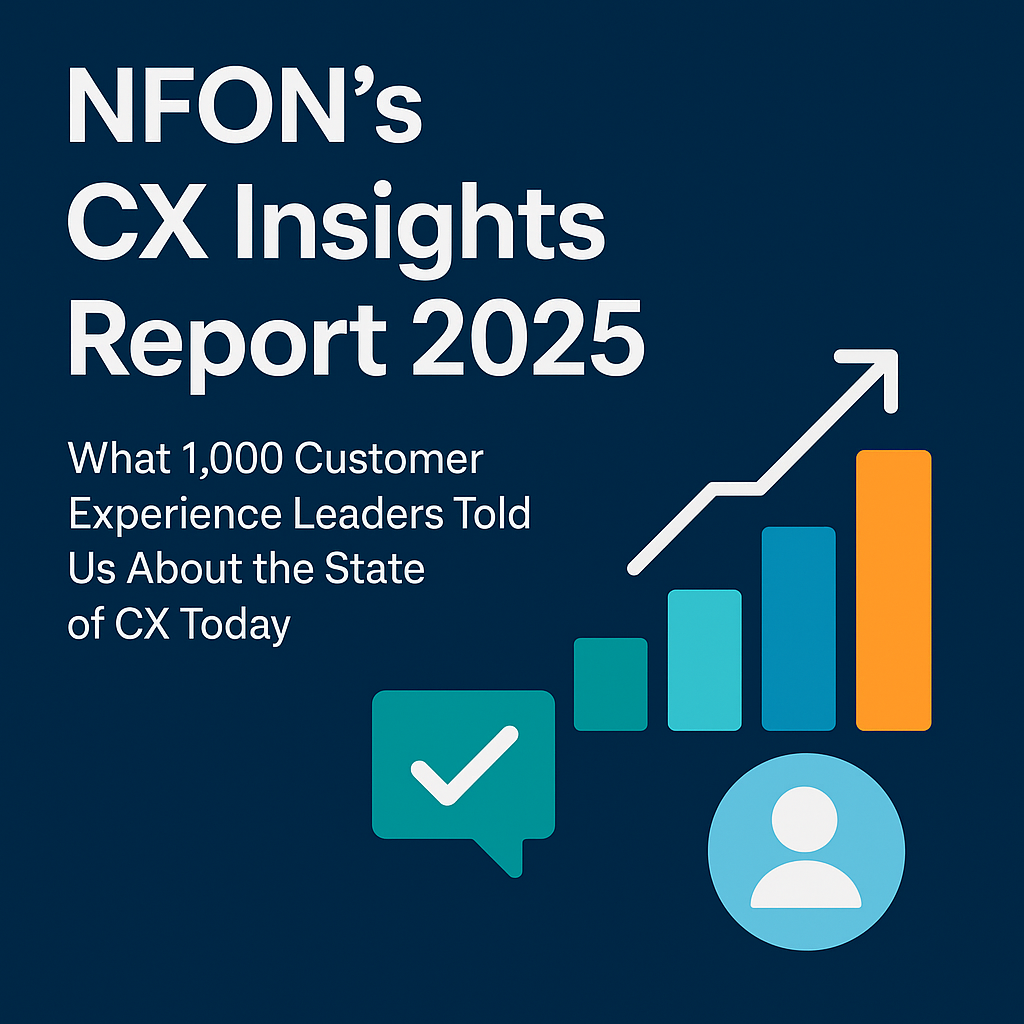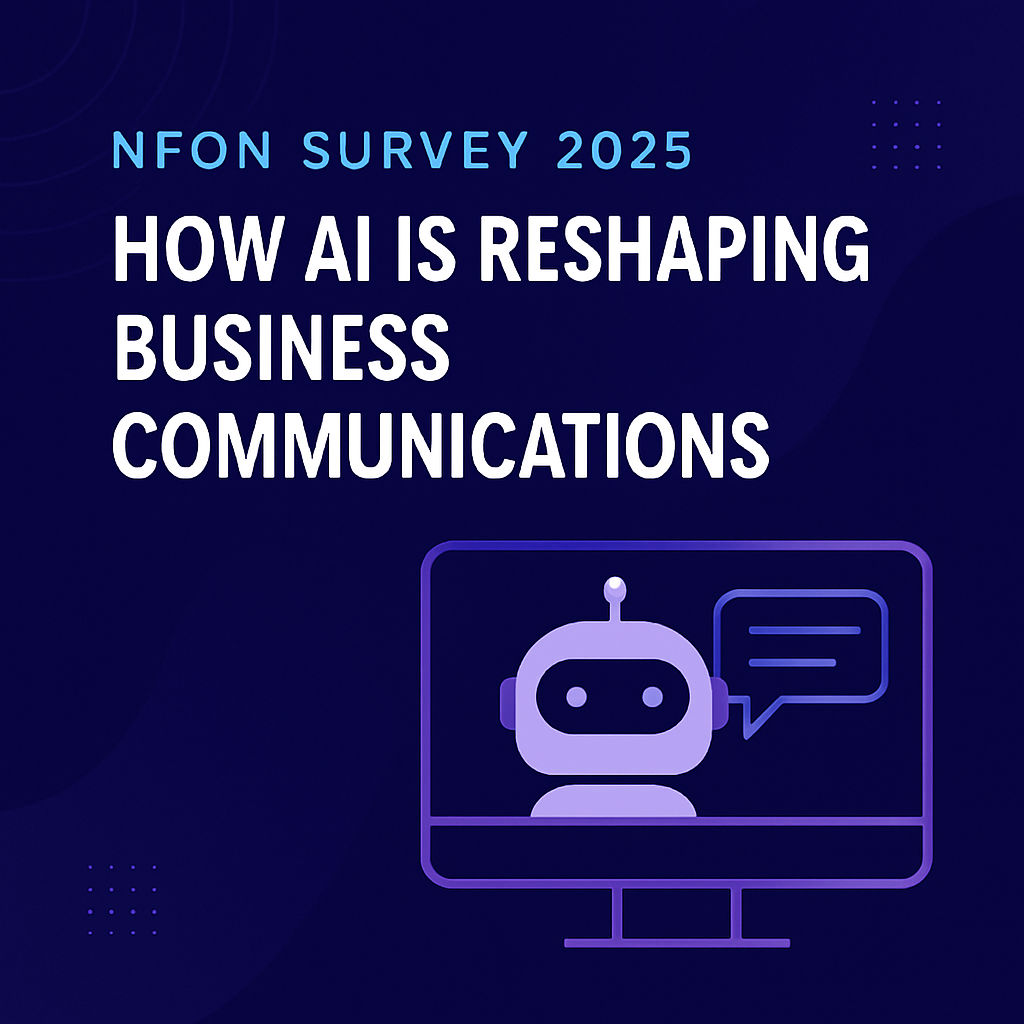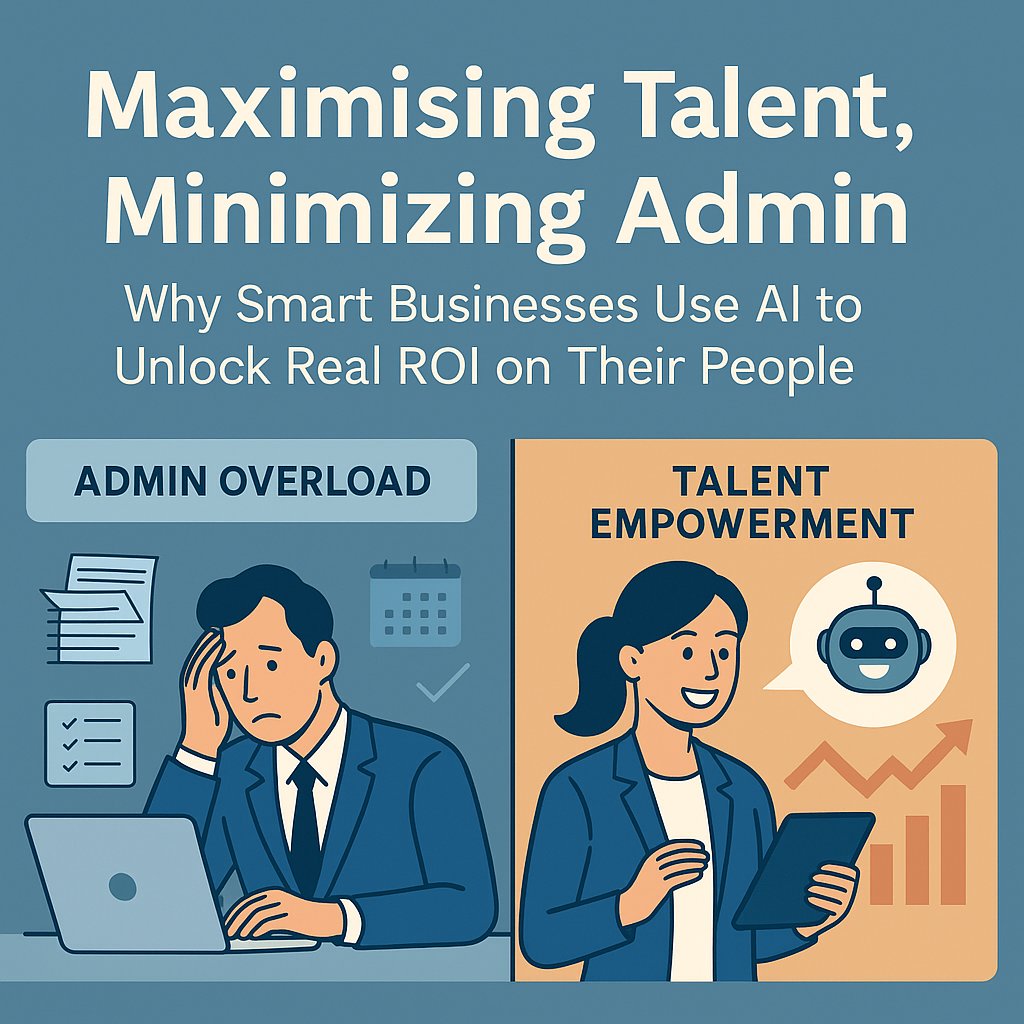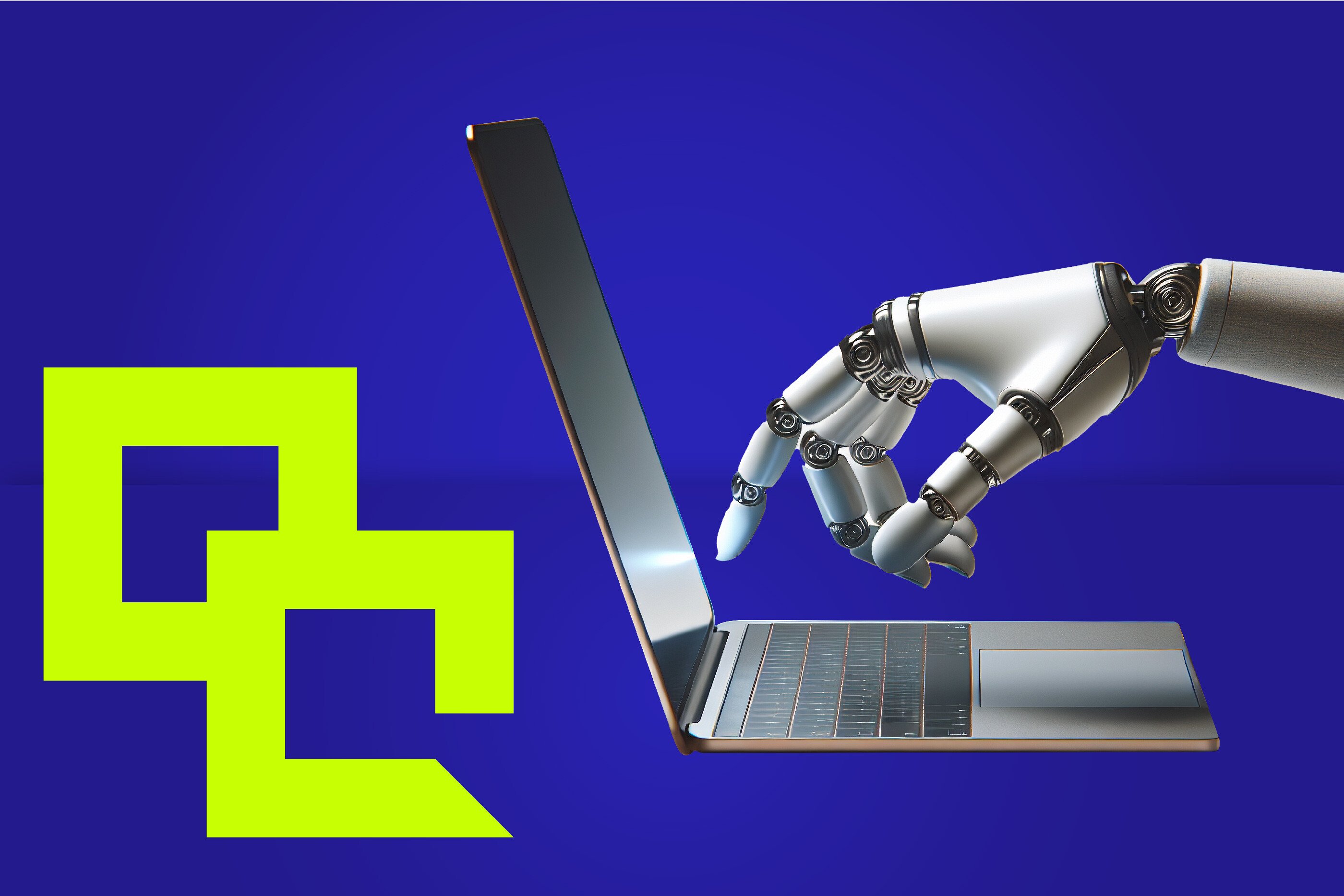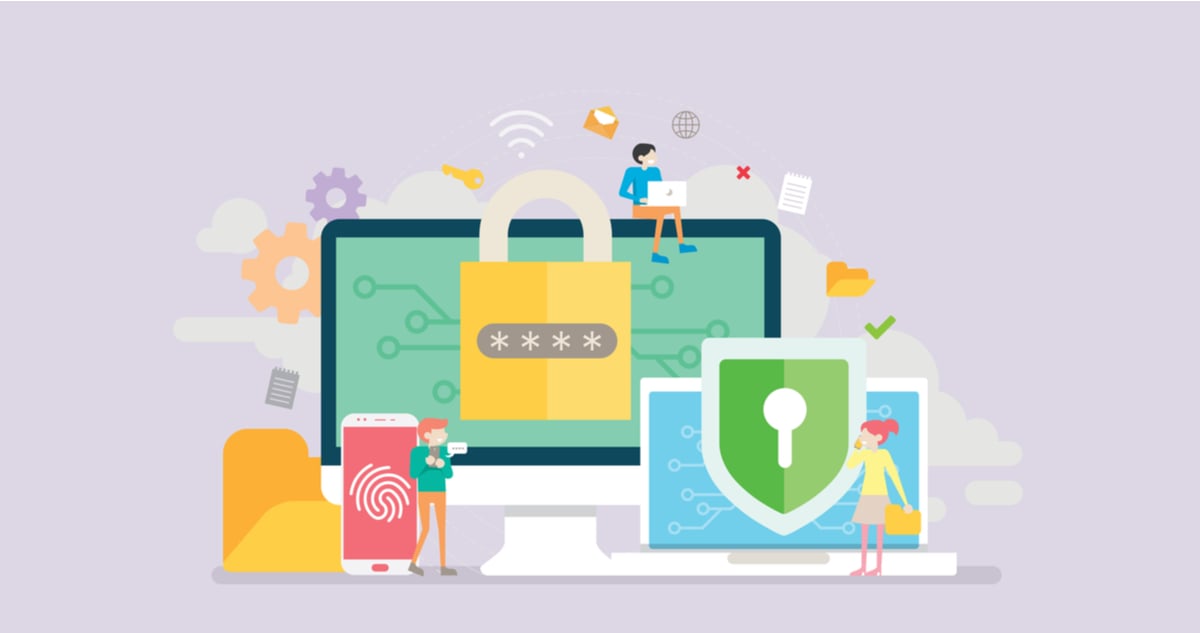Today’s digitally-savvy customer expects personalised and seamless interactions with a brand, across every channel. Businesses need to ensure that these interactions are easy and direct – and that there is the ability to flip between channels without ending a session.
The difference during lockdown is how agents can deliver these experiences within the model of home working. Put simply, every organisation should be looking at their communications strategy to enable their contact centre agents to work from anywhere. Today and tomorrow’s contact centre should be a far cry from the 1990’s human hen pen, where operators focused solely on voice. With unified communications, agents can work from anywhere whilst effectively collaborating with customers and integrating with the business.
This is a huge opportunity for resellers to capitalise on a huge new market opportunity and expand their portfolio. With newer technologies, the barrier to entry has fallen as it’s much less complex than older systems. Plus, there is lots of training available to enable resellers to understand and sell the solutions quickly and efficiently.
The convergence of unified communications and the contact centre give a chance for every employee to positively impact customer experience. With unified communications the agents can be much more efficient as they are far more integrated with the business, meaning that customer queries can be resolved alsmost instantly.
As we look ahead, there are new exciting technologies on the horizon. AI is already powering intelligent personal assistants and chatbots that are well on their way to becoming virtual team members. We're excited to see how this technology evolves and how end users will adapt and use this technology in the coming years to revolutionise how customers and brands engage.


